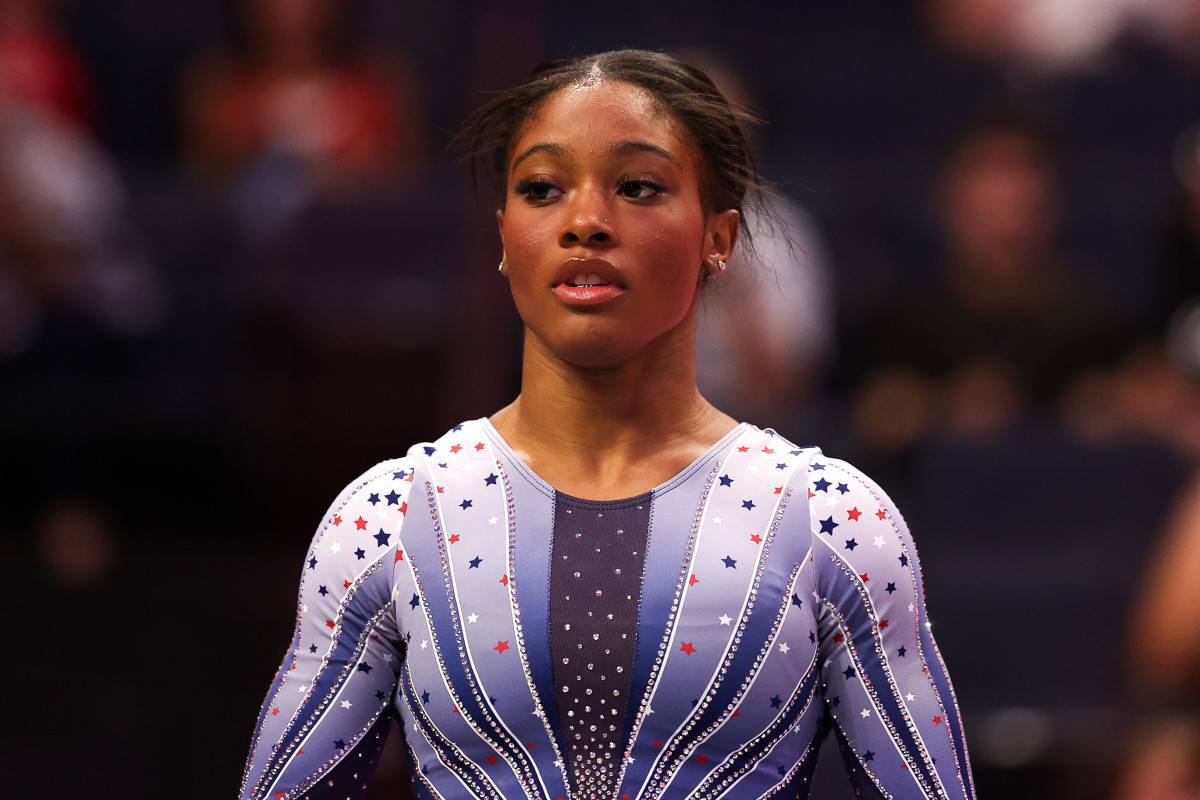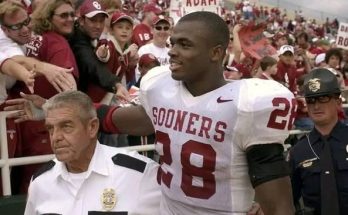Shoulder surgery is performed on an LSU gymnast before the NCAA tournament.
Shoulder surgery is a significant medical procedure, especially for athletes who rely heavily on the use of their upper body to perform at the highest levels. In this case, the athlete in question is a gymnast from Louisiana State University (LSU) who faces shoulder surgery just before the NCAA gymnastics tournament, one of the most high-profile and competitive events in collegiate athletics. This scenario brings together elements of sports medicine, athletic performance, and the pressure that athletes face when balancing injury recovery with the desire to compete at the highest level.
The Athlete’s Background and the Importance of the NCAA Tournament
Before diving into the specifics of shoulder surgery and its impact, it is important to understand the athlete’s background and why the NCAA tournament is such a crucial event. NCAA gymnastics is one of the most intense collegiate sports, with athletes competing at a very high level of performance. These athletes are typically involved in intense training schedules and have spent years perfecting their craft. Gymnastics, especially at the NCAA level, is highly competitive, with teams from all over the United States striving for national titles.
For LSU, gymnastics is a major program, consistently ranked among the top schools in the country. LSU gymnasts are trained to execute some of the most difficult routines, and they often push their bodies to their limits. The NCAA tournament represents the culmination of years of training and dedication, and for many athletes, it is the pinnacle of their collegiate careers. Achieving individual and team success at the NCAA tournament is a dream for many, and it often provides a stepping stone to potential careers in professional gymnastics or other athletic opportunities.
The Anatomy of the Shoulder and Why It’s Prone to Injury in Gymnastics
The shoulder is one of the most complex joints in the human body, providing a wide range of motion. It consists of several key structures:
- Glenohumeral joint: The ball-and-socket joint that allows for rotation and flexibility.
- Rotator cuff: A group of muscles and tendons that stabilize the shoulder.
- Labrum: Cartilage that forms a cup for the ball of the joint.
- Biceps tendon: A tendon that connects the biceps muscle to the shoulder.
- Ligaments and tendons: These stabilize the shoulder and allow for efficient movement.
In gymnastics, athletes are required to perform complex movements that place a great deal of stress on the shoulder. Vaults, bars, floor routines, and balance beam work all demand significant use of the shoulder joint. Repetitive movements such as swinging on the uneven bars, executing handstands, and performing dismounts can lead to both acute and overuse injuries to the shoulder.
Common shoulder injuries in gymnasts include:
- Rotator cuff tears or strains: Overuse or acute trauma can lead to partial or full tears of the rotator cuff muscles.
- Labral tears: The labrum can be damaged due to overhead motions, which are frequent in gymnastics routines.
- Shoulder impingement syndrome: Inflammation or irritation of the shoulder tendons due to repetitive overhead activity.
- Dislocations and subluxations: The shoulder can be dislocated during high-impact activities.
A gymnast’s shoulder is put through rigorous motions in nearly every routine, and these constant demands on the joint can lead to a variety of injuries. Even with proper conditioning, athletes can still face injuries due to the intensity of their training and the physical demands of the sport.
The Decision to Undergo Shoulder Surgery
When a gymnast suffers from a shoulder injury, they typically undergo a series of evaluations to assess the extent of the damage. This can include physical exams, imaging tests such as X-rays or MRIs, and consultations with orthopedic specialists. In some cases, rest and rehabilitation are enough to heal the injury, but in other instances, surgery may be necessary to repair the damage and restore full functionality to the shoulder.
The decision to undergo shoulder surgery is never an easy one for an athlete, especially when it comes so close to a major competition like the NCAA tournament. The surgeon and athletic trainers would have to assess several factors, including:
- The severity of the injury: If the damage to the shoulder is significant, non-surgical options may not be effective.
- The risk of further damage: Continuing to train and compete with a serious shoulder injury can lead to even more severe damage, potentially compromising the athlete’s career.
- The timeline for recovery: Surgery often requires a lengthy rehabilitation process, which can take weeks or even months. For an athlete, particularly one approaching a major competition, this is a critical consideration.
- The athlete’s age and overall health: Younger athletes with a strong rehabilitation potential might have a better chance of recovering fully, but there is still the challenge of returning to peak performance in a short time.
For many gymnasts, surgery is the only option to fully heal and return to competition. In the case of the LSU gymnast, the decision would have been made after a thorough evaluation by medical professionals and discussions about the risks and benefits.
Types of Shoulder Surgery Commonly Performed on Athletes
There are several types of shoulder surgeries that could be considered depending on the injury. Some of the most common include:
- Arthroscopic surgery: This minimally invasive procedure involves using a small camera (arthroscope) to view the inside of the shoulder joint. It can be used to repair rotator cuff tears, labral tears, or other soft tissue injuries.
- Rotator cuff repair: If the rotator cuff muscles or tendons are torn, surgery may be needed to reattach the torn tissue to the bone. This procedure can be done arthroscopically or through open surgery.
- Labral repair: If the labrum (cartilage) is torn or damaged, surgery may be needed to reattach or repair the labral tissue.
- Shoulder stabilization surgery: For athletes who experience recurrent shoulder dislocations, stabilization surgery may be performed to tighten the ligaments and prevent further dislocations.
- Biceps tendon repair: If the biceps tendon is injured, it may require surgical repair, either by reattaching the tendon or through other methods to stabilize the shoulder.
In any case, the goal of surgery is to restore the function and stability of the shoulder so the athlete can return to their sport as quickly and safely as possible.
Recovery and Rehabilitation Process
The rehabilitation process following shoulder surgery is critical for an athlete’s return to competition. After the surgery, the athlete would likely go through a period of rest and immobilization. This typically involves wearing a sling to keep the shoulder in a stable position while the tissues begin to heal.
Once the initial healing phase is complete, physical therapy (PT) becomes a key component of recovery. The goals of physical therapy are to:
- Restore range of motion: The shoulder joint needs to regain its full range of motion for the gymnast to perform their routines effectively.
- Strengthen the muscles around the shoulder: Strengthening the muscles of the rotator cuff and surrounding tissues is vital to prevent future injury and to support the shoulder during high-intensity movements.
- Increase endurance and stability: The shoulder needs to be able to handle the demands of gymnastics, which includes strength, power, and precision.
Rehabilitation programs are individualized and take into account the gymnast’s unique needs, including the specific movements required for their routines. The timeline for returning to full competition depends on the severity of the injury, the surgery performed, and the progress made during rehabilitation. For a gymnast facing an NCAA tournament after shoulder surgery, the pressure is immense. They may need to push through significant physical challenges while also mentally preparing to return to peak performance.
Psychological Considerations
The psychological toll of surgery and recovery can be significant for athletes, especially those who have invested so much into their sport. The uncertainty of how the shoulder will heal, the fear of re-injury, and the frustration of being sidelined can all weigh heavily on an athlete’s mental health. For a gymnast, the mental aspect of recovery is just as important as the physical.
Additionally, there is the pressure of performing in front of an audience and representing their team in the NCAA tournament. If the gymnast is unable to return to full strength before the competition, they may face difficult decisions about whether to participate or take a step back for the sake of long-term health.
The Road to Recovery and Competing at the NCAA Tournament
Shoulder surgery for an LSU gymnast just before the NCAA tournament represents a challenge of both physical and mental endurance. The recovery process is long and demanding, but with the right medical treatment, rehabilitation, and support, athletes can overcome significant injuries and return to top-level competition.
The decision to undergo surgery is a tough one, but ultimately, it can be a path to long-term health and future success. For the gymnast in question, the NCAA tournament represents both a personal and professional milestone. The road to recovery may be difficult, but with resilience, dedication, and expert care, it is possible to return to the sport and perform at the highest level once again.



